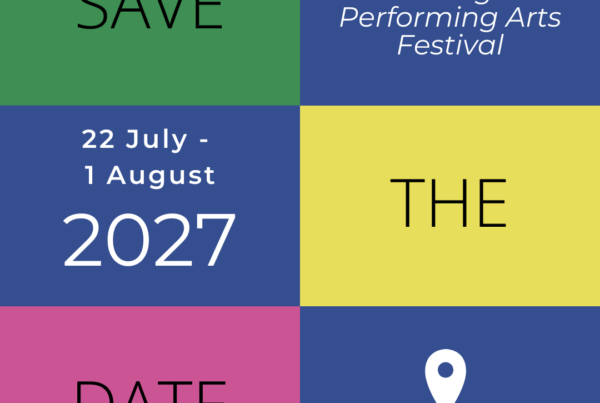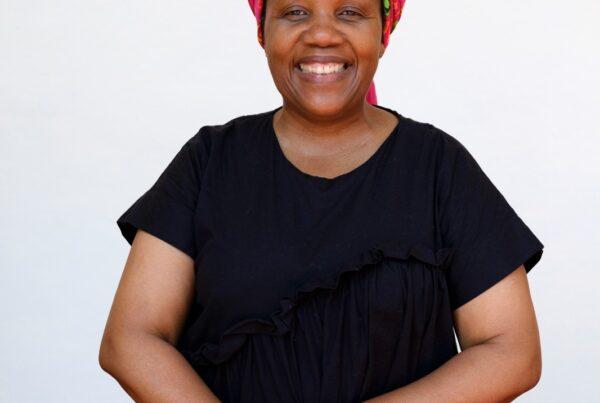When Bibu Biennial & ASSITEJ Sweden created their pitch for becoming the host for an Assitej Artistic Gathering, they made a choice: they decided to follow the call of the agenda for 2030 by the United Nations that is “Leave no one behind“. This claim is connected to the 17 Sustainable Development Goals that were articulated and approved by all member countries in the world.
The idea of Sustainable Development is pretty familiar to artists and audiences in Sweden and most of Europe, since the most famous representative of the sustainability movement is young Swedish woman Greta Thunberg. However, it can be less common or differently interpreted in other parts of the world.
A huge challenge for the Artistic Gathering 2022 was not only to find a way to communicate and describe a shared understanding of the topic but also, even more ambitiously, to offer links and bridges for TYA practitioners who want to embrace the changes and duties of sustainable theatre art and practice.
At the Bibu festival in Helsingborg this May, these actions of searching and exploring for ways and means could be experienced in different dimensions. On the most obvious level that comes to mind hearing the word “sustainability“ Bibu worked on their emissions and environmental footprint together with Bæredygtig Scenekunst NU from Denmark. They instigated several practical measures including encouraging all their guests to drink Swedish tab water out of the designed Bibu Bottles or to reach the different venues not only by walking or public transports but by a rented Bibu Festival bike as some of my colleagues happily did. Also, there were no printed festival programs except for those that had been required explicitly, so no unnecessary resources were wasted. Everyone interested in “greening“ their practice could also attend a workshop by Bæredygtig Scenekunst during the festival and learn about sustainable ways of producing in theatre.
In addition to this ecological dimension the Artistic Gathering put a lot of thought into the social and cultural meaning and potential for a sustainable movement by placing the topic on stage. The selected international program showed exclusively Indigenous creations from Indigenous practitioners in 6 different countries. With this focus Bibu made it possible for festival guests not only to experience exciting and fascinating shows, it also gave non-Indigenous TYA makers a chance to “catch up“ – as Jacob Boehme, member of the selection jury, perfectly put it – on Indigenous art, performing methods, storytelling and touring. The session “Remapping indigenous presence on stage“ moderated by Åsa Simma, director at Giron Sámi Teáhter, with colleagues Santa Lalonde (Canada), Jacob Boehme (Australia), Eddie Elliot and Tupe Lualua (New Zealand) offered a most interesting start for this.
Being no fan of the term “development“ and also slightly irritated by the idea of “leaving someone behind“ (as it gives the impression that there is one correct path into some correct direction towards some correct big goal), I enjoyed joining those sessions and shows in Helsingborg that made it clear that this isn’t their nor our concept of Assitej at all.
It is about being able to make choices and enable others to have the same chance. It is about searching for alternatives to the “given”, questioning ourselves and learning from a variety of communities and cultures how they define our journey, our paths and our possible goals. Definitions, paths and goals that are different and various but still connect us.
In this sense Moussa Thiam, director and theatre activist from Senegal, shared a beautiful thought in the Workshop “Inter-Generational“: A dialogue on fairness for future“. In his opinion all artists are very good in making detours. They can be slowed down or paused by obstacles and borders but they will always find or create some hidden or new path around those obstacles and hence will never be stopped.
In the wide range of seminars and workshops connecting sustainability with accessibility and social justice, as well as in the Artistic Encounters – the special series of open-space-style seminars that is the core of every ASSITEJ Gathering – it became clear that we as a TYA community are ready to embrace the change that is needed if we want to ensure a future for all of us and especially those that come after us. This also was the tone in the wonderful session by the Theatre for Young Audiences Research Network that became an open, friendly dialogue with all people in the space and those online, about how we can share our practice and research to learn from each other and work between disciplines.
The last Artistic Encounter that ended with a vote on the five most urgent actions in terms of sustainability for us as Assitej International. Taking the inspirations and goals from this session, I am very much looking forward to two more years of REGENERATING in the sense of our three-year dramaturgy, and connecting with all those voices we could hear and feel in Helsingborg when we meet again in Serbia in 2023.







